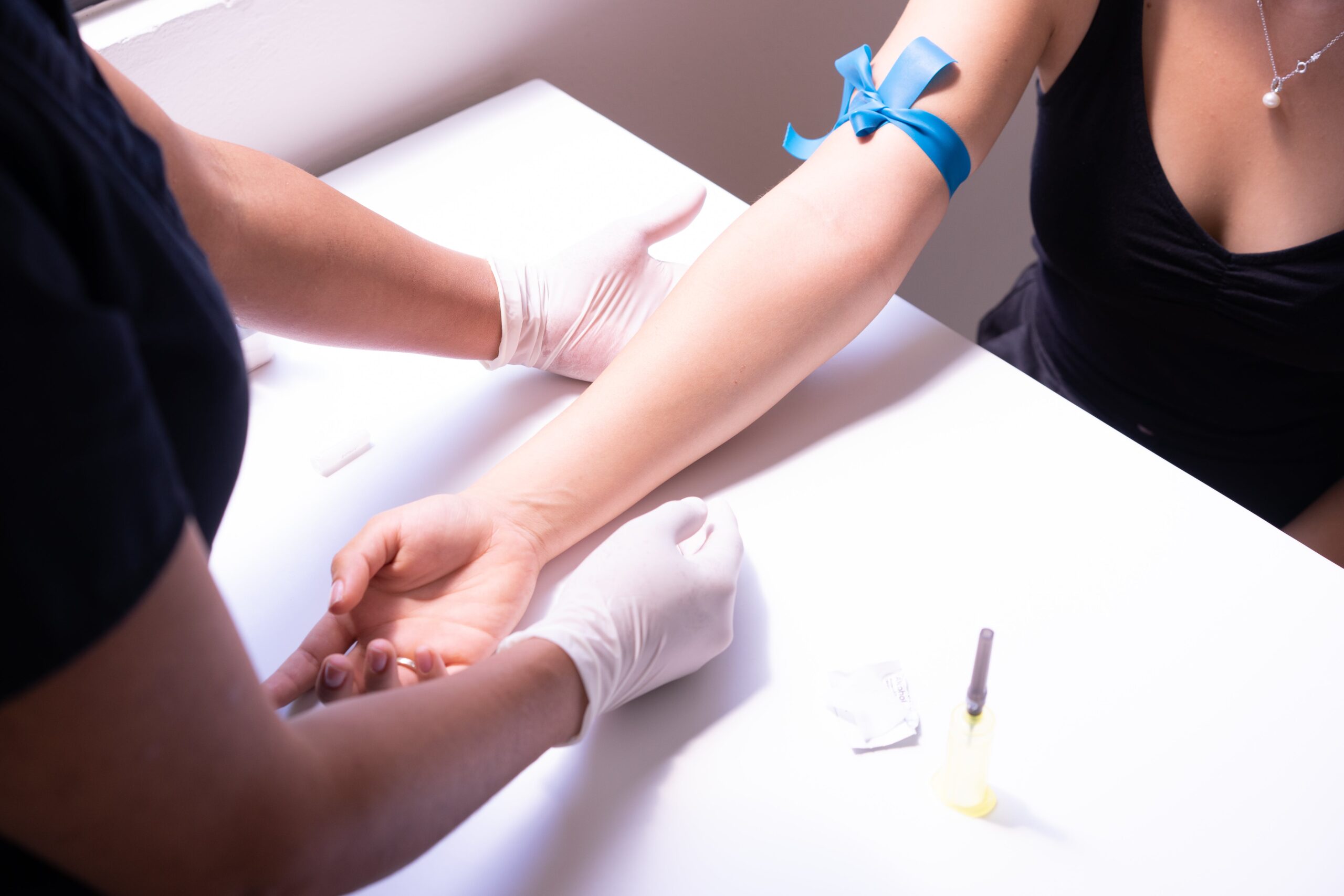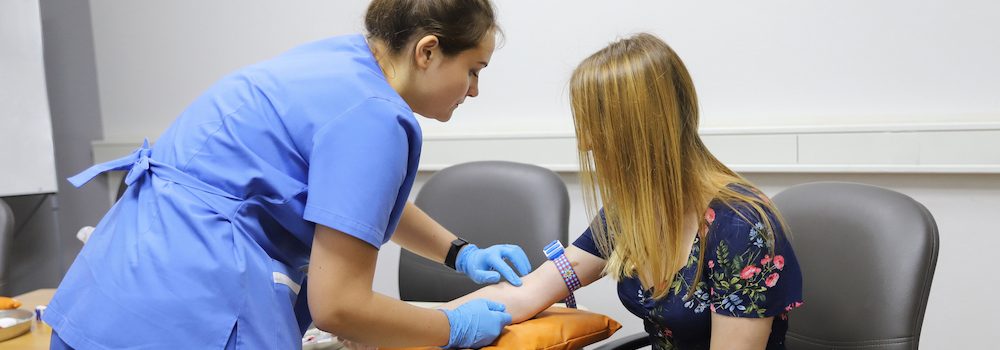The 15-Second Trick For Northeast Medical Institute - New Haven Campus Phlebotomy Course & Cna Class
The 15-Second Trick For Northeast Medical Institute - New Haven Campus Phlebotomy Course & Cna Class
Blog Article
See This Report on Northeast Medical Institute - New Haven Campus Phlebotomy Course & Cna Class
Table of ContentsThe smart Trick of Northeast Medical Institute - New Haven Campus Phlebotomy Course & Cna Class That Nobody is Discussing7 Easy Facts About Northeast Medical Institute - New Haven Campus Phlebotomy Course & Cna Class ExplainedGet This Report about Northeast Medical Institute - New Haven Campus Phlebotomy Course & Cna ClassNortheast Medical Institute - New Haven Campus Phlebotomy Course & Cna Class Fundamentals ExplainedA Biased View of Northeast Medical Institute - New Haven Campus Phlebotomy Course & Cna ClassThe Only Guide for Northeast Medical Institute - New Haven Campus Phlebotomy Course & Cna Class
The usage of such devices need to be gone along with by various other infection avoidance and control practices, and training in their use.For setups with low sources, expense is a driving consider procurement of safety-engineered tools - PCT Training. Where safety-engineered devices are not offered, proficient usage of a needle and syringe serves. Unintended exposure and certain information regarding an incident must be recorded in a register. Support solutions should be advertised for those that undergo unexpected direct exposure.
Among the important markers of quality of treatment in phlebotomy is the participation and cooperation of the patient; this is mutually advantageous to both the health and wellness employee and the individual. Clear details either created or spoken need to be readily available per person that undertakes phlebotomy. Annex F provides example message for describing the blood-sampling treatment to a patient. In the blood-sampling space for an outpatient department or clinic, give a comfy reclining couch with an arm remainder.
All About Northeast Medical Institute - New Haven Campus Phlebotomy Course & Cna Class
Ensure that the indicators for blood tasting are plainly specified, either in a composed protocol or in recorded instructions (e.g. in a laboratory type). At all times, comply with the approaches for infection prevention and control provided in Table 2.2. Infection avoidance and control practices. Gather all the devices needed for the procedure and place it within risk-free and very easy reach on a tray or trolley, making sure that all the things are clearly visible.
Introduce yourself to the patient, and ask the patient to mention their complete name. Inspect that the lab form matches the patient's identification (i.e. match the person's information with the lab form, to ensure accurate recognition).
Make the individual comfortable in a supine setting (preferably). Place a tidy paper or towel under the individual's arm. Go over the test to be performed (see Annex F) and obtain spoken approval. The client has a right to decline a test any time prior to the blood sampling, so it is necessary to ensure that the person has understood the treatment.
Excitement About Northeast Medical Institute - New Haven Campus Phlebotomy Course & Cna Class
Prolong the patient's arm and evaluate the antecubital fossa or forearm. Locate a vein of a great size that shows up, straight and clear. The diagram in Section 2.3, reveals usual placements of the vessels, however lots of variants are feasible. The average cubital vein exists in between muscular tissues and is usually one of the most easy to penetrate.
DO NOT insert the needle where veins are drawing away, since this boosts the possibility of a haematoma. The blood vessel must show up without using the tourniquet. Finding the capillary will assist in establishing the proper dimension of needle. Use the tourniquet regarding 45 finger sizes above the venepuncture site and re-examine the capillary.
Specimens from central lines lug a threat of contamination or wrong lab examination results. It is acceptable, yet not perfect, to attract blood samplings when first introducing an in-dwelling venous tool, prior to connecting the cannula to the intravenous liquids.
The Facts About Northeast Medical Institute - New Haven Campus Phlebotomy Course & Cna Class Revealed
Failure to permit adequate call time boosts the danger of contamination. DO NOT touch the cleaned website; in certain, DO NOT put a finger over the capillary to assist the shaft of the subjected needle.
Ask the client to form a fist so the blood vessels are extra prominent. Get in the blood vessel quickly at a 30 degree angle or much less, and proceed to introduce the needle along the vein at the easiest angle of access - Phlebotomy Training. When sufficient blood has actually been collected, launch the tourniquet BEFORE taking out the needle
Everything about Northeast Medical Institute - New Haven Campus Phlebotomy Course & Cna Class
Withdraw the needle delicately and apply gentle stress to the site with a clean gauze or completely dry cotton-wool ball. Ask the individual to hold the gauze or cotton woollen in position, with the arm expanded and raised. Ask the individual NOT to flex the arm, because doing click to read so triggers a haematoma.

A Biased View of Northeast Medical Institute - New Haven Campus Phlebotomy Course & Cna Class
Do not press the syringe plunger due to the fact that additional stress increases the threat of haemolysis. Where feasible, maintain the tubes in a rack and move the rack towards you. Inject downwards right into the suitable coloured stopper. DO NOT remove the stopper since it will release the vacuum. If the example tube does not have a rubber stopper, inject incredibly slowly into the tube as lessening the stress and velocity used to transfer the sampling decreases the danger of haemolysis.

Report this page